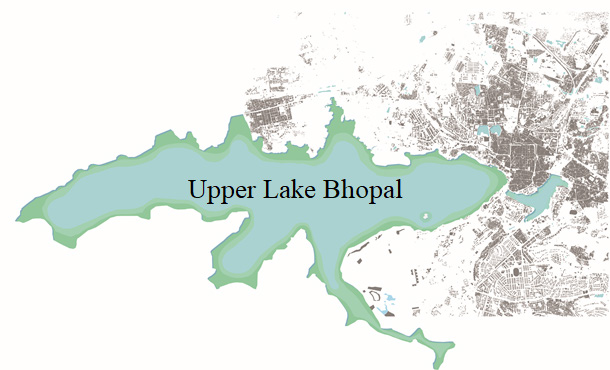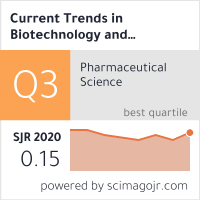Antibiotic Resistance against E. coli Isolated from City of Lake Bhopal, Madhya Pradesh
DOI:
https://doi.org/10.5530/ctbp.2023.3s.47Keywords:
Upper Lake, Strain E.coli, MDR, Antibiotics Resistance, Antimicrobial activityAbstract
E. coli samples from Upper Lake Bhopal were examined in this investigation for different antibiotic resistances. Different integrons and genes were employed to describe MDR isolates. The diffusion method has been utilized to scrutinize 150 E. coli by Kirby Bauer disc detaches from nine sample locations in Upper Lake Bhopal (UPB) for phylogenetic relationships and antibiotic susceptibility. The level of resistance was significantly higher in vancomycin cin (74%) as compared to cefazolin (88%). Out of 150 isolates, 37 (25%) were found to be resistant to ten or more drugs. Additionally, a high prevalence of polymyxin-B and azithromycin predisposition was observed in 90% of E. Coli isolates. All the collected test samples exhibited resistance to fluoroquinolones, tetracyclines, chloramphenicol, and beta-lactam antibiotics. It was higher in middle-lake Bhopal E. coli isolates than in the upper and lower reaches. E. coli samples from Upper Lake Bhopal showed rising trimethoprim/sulphonamide resistance. MDR isolates were present in all samples. MAR scores greater than 0.25 indicated contamination in the upper, middle, and lower Upper Lake. The animal isolates showed resistance to lact ams and aminoglycosides, with 80.9% of all isolates being multidrug-resistant. Integrons were found in 85 MDR isolates resistant to at least six chemicals and four antimicrobial types of classes.



